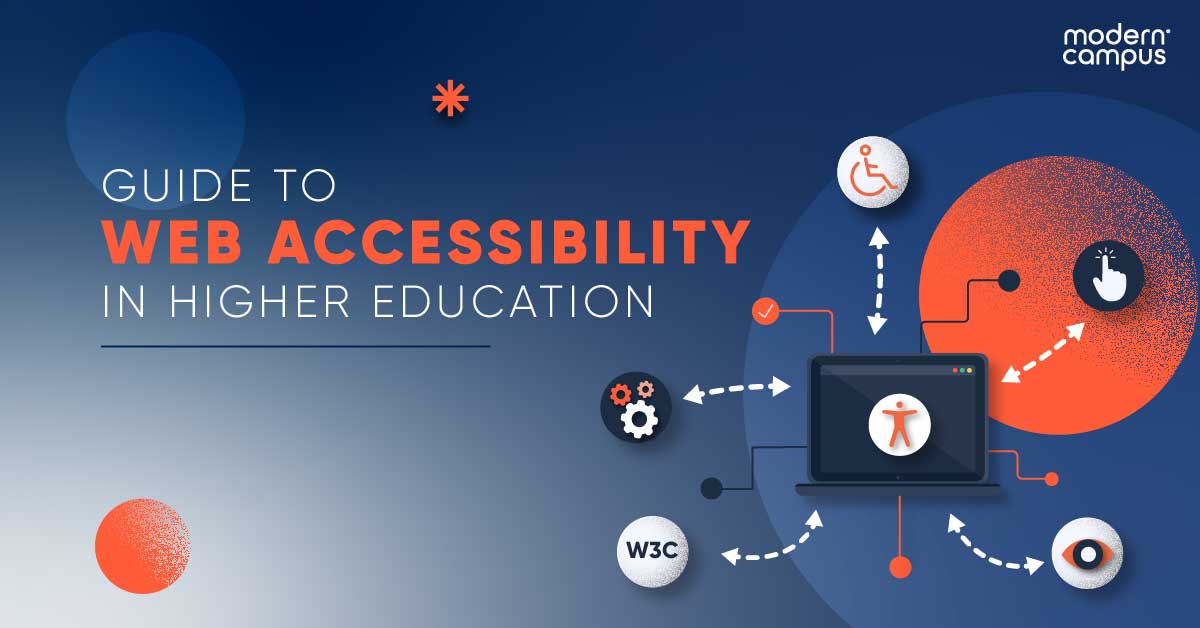AIM Uncovered
Exploring the latest insights and trends in technology and innovation.
Making the Web a Welcoming Place for Everyone
Discover tips and insights to transform the web into an inclusive space for all. Join the movement for a friendlier digital world!
The Importance of Inclusive Design: Making Websites Accessible to All
Inclusive design is an essential approach in web development that ensures all users, regardless of their abilities or disabilities, can access and engage with online content. This practice goes beyond mere compliance with accessibility standards; it prioritizes the needs of diverse audiences, including individuals with visual, auditory, motor, or cognitive impairments. By integrating feedback from users with different backgrounds and abilities during the design process, websites can become more user-friendly and welcoming. Embracing inclusive design not only enhances user experience but also expands the potential audience for your site, ultimately contributing to higher engagement and satisfaction.
Moreover, implementing inclusive design principles fosters social responsibility and reflects a commitment to equality in the digital space. It encourages developers and businesses to consider the broader implications of their work, recognizing that accessibility is a fundamental right. To create websites that are truly accessible to all, consider the following best practices:
- Use semantic HTML to enhance content structure and screen reader compatibility.
- Ensure sufficient color contrast and utilize alternative text for images.
- Design for keyboard navigation, allowing users with mobility issues to navigate easily.

5 Key Principles for Creating a Welcoming Online Environment
Creating a welcoming online environment is essential for fostering community and encouraging engagement. Here are five key principles to consider:
- Clarity of Communication: Ensure that your content is clear and easy to understand. This helps users feel comfortable navigating your site and engaging with your community.
- Inclusivity: Strive to create a space where everyone feels welcome. Use language that is inclusive and avoids exclusionary terms. A diverse environment enriches discussions and perspectives.
Furthermore, establishing a sense of trust can significantly enhance your online presence. Begin by implementing transparent policies regarding user data and moderation. This builds confidence among your audience. Additionally, actively manage your community by responding to feedback and initiating positive discussions.
- Accessibility: Ensure your website is accessible to all users, including those with disabilities. This demonstrates respect and consideration for all visitors.
- Consistent Engagement: Regular interaction with your community shows that you value their input. This can be achieved through newsletters, social media interactions, or community forums.
How to Evaluate Your Website's Accessibility: A Step-by-Step Guide
Evaluating your website's accessibility is crucial to ensure that all users, regardless of their abilities, can navigate and interact with your content. Begin by conducting an accessibility audit. This typically involves using automated tools like screen readers and browser extensions designed to identify potential accessibility issues. As a first step, check for common issues including missing alt text for images, insufficient color contrast, and improper heading structures. Document your findings for easier reference as you continue your evaluation.
Next, perform a manual accessibility review of your website. Navigate through your site using only a keyboard to test its navigability, and pay close attention to how well it serves users with diverse needs. Consider involving real users with disabilities in your testing process to gain firsthand insights into their experience. To keep your progress organized, create a checklist that includes aspects such as form labels, keyboard accessibility, and focus indicators. After compiling your feedback, you can prioritize improvements accordingly.